The animal kingdom is full of surprises, but some creatures take survival to a whole new level of bizarre and unsettling. From sacrificing their own bodies to outsmarting predators in ways that seem straight out of a horror movie, these survival tactics are as fascinating as they are chilling.
1. The Sea Cucumber’s Gut-Wrenching Escape

When threatened, sea cucumbers eject their internal organs to distract predators. The expelled organs, which are sticky and sometimes toxic, give the predator something to chew on while the cucumber makes its getaway. Incredibly, the sea cucumber regenerates these vital organs within weeks, as if nothing happened. It’s a gruesome yet effective way to stay off the menu.
2. Opossums Playing Dead

Opossums are the masters of dramatic survival tactics, going limp and emitting a foul odor to mimic a corpse. Predators, assuming the opossum is dead and rotting, usually lose interest and move on. This state of “playing dead,” known as thanatosis, is entirely involuntary, like a fear-induced coma. It’s nature’s version of faking your own death, and it works surprisingly well.
3. Hairworms Hijacking Crickets
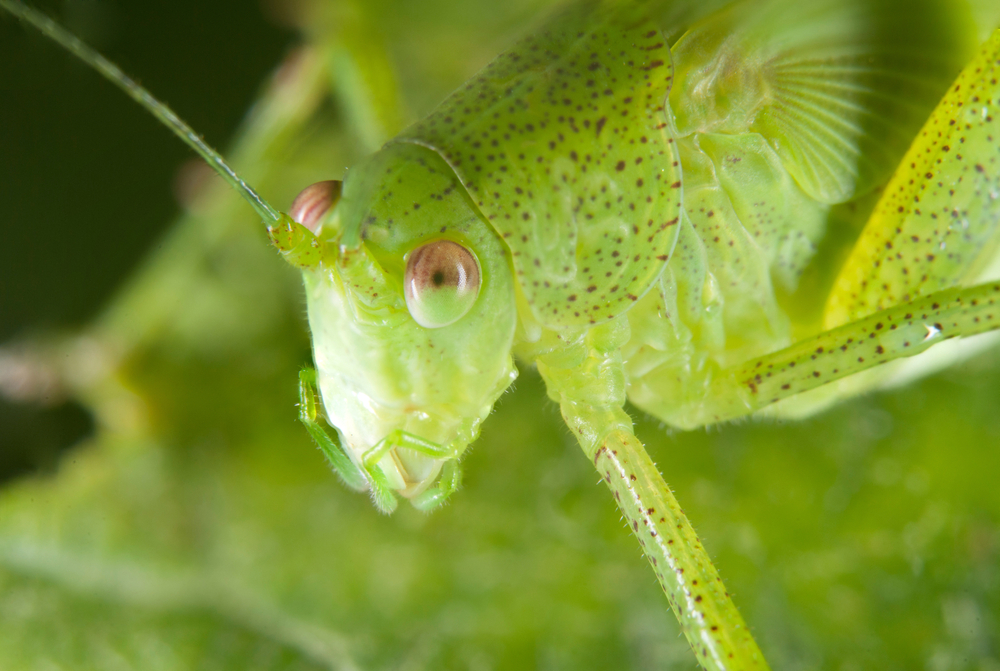
Hairworms invade the bodies of crickets and take control of their minds, forcing them to jump into water. Once the cricket drowns, the hairworm emerges and continues its life cycle. This parasitic takeover is one of the most horrifying displays of nature’s ingenuity. It’s a chilling reminder that survival often comes at someone else’s expense.
4. Frogs Freezing Themselves
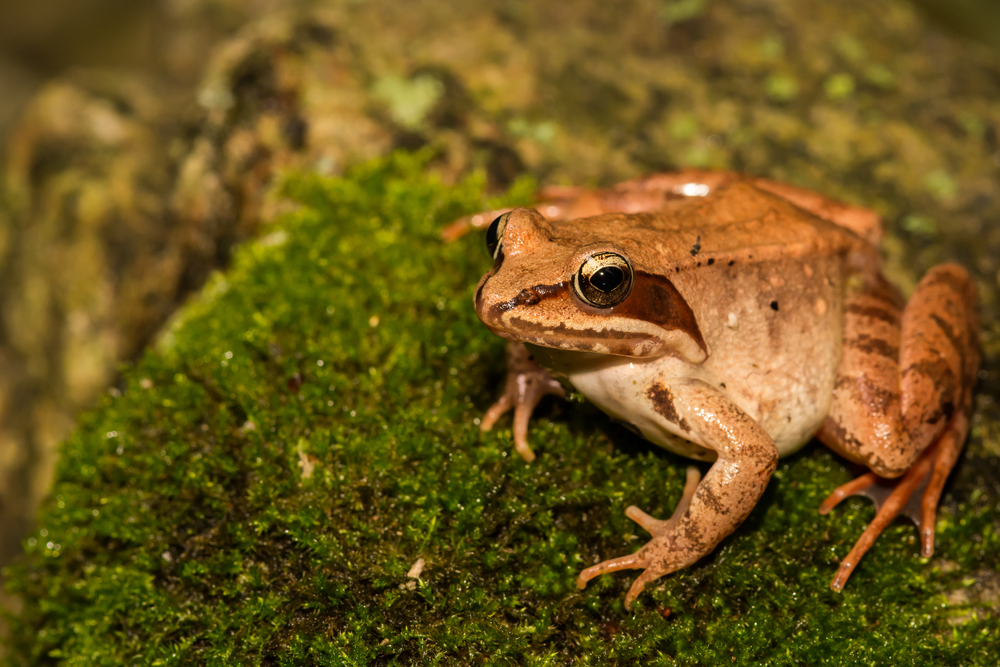
Wood frogs survive brutal winters by freezing solid, stopping their heart and other bodily functions. They produce a natural antifreeze that prevents ice from damaging their cells, essentially putting them in suspended animation. When spring arrives, they thaw out and hop away as if nothing happened. It’s a real-life resurrection that feels like science fiction.
5. Lizards Detaching Their Tails
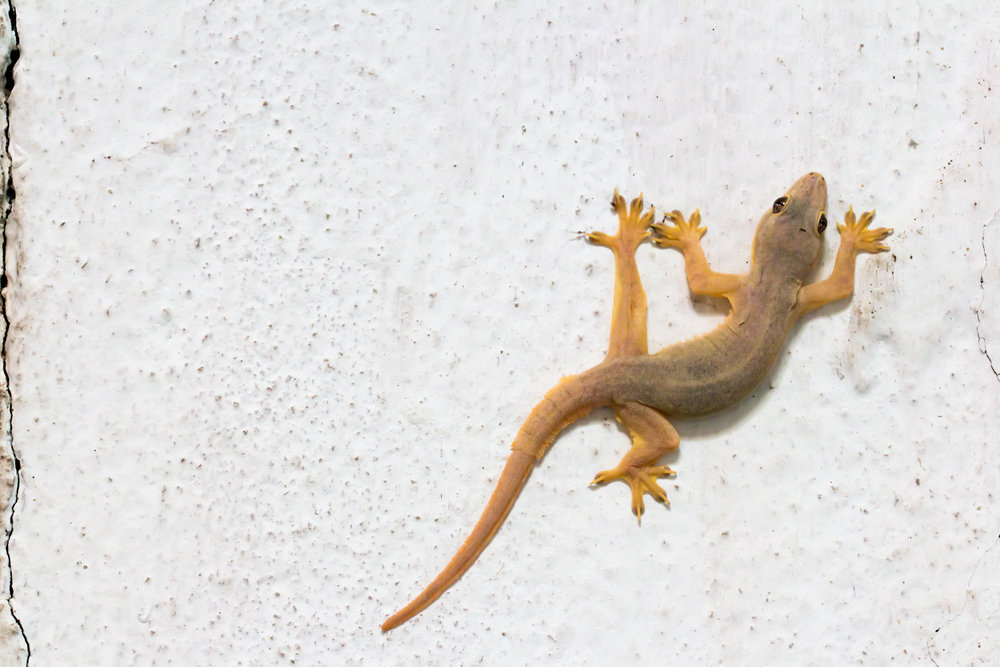
Many lizards can detach their tails when caught by a predator, leaving it wriggling on the ground as a distraction. This gives the lizard precious seconds to escape while the predator focuses on the twitching tail. Though they regrow their tails over time, it’s a costly survival tactic that requires significant energy. It’s a small price to pay for staying alive.
6. Ants Sacrificing Themselves for the Colony
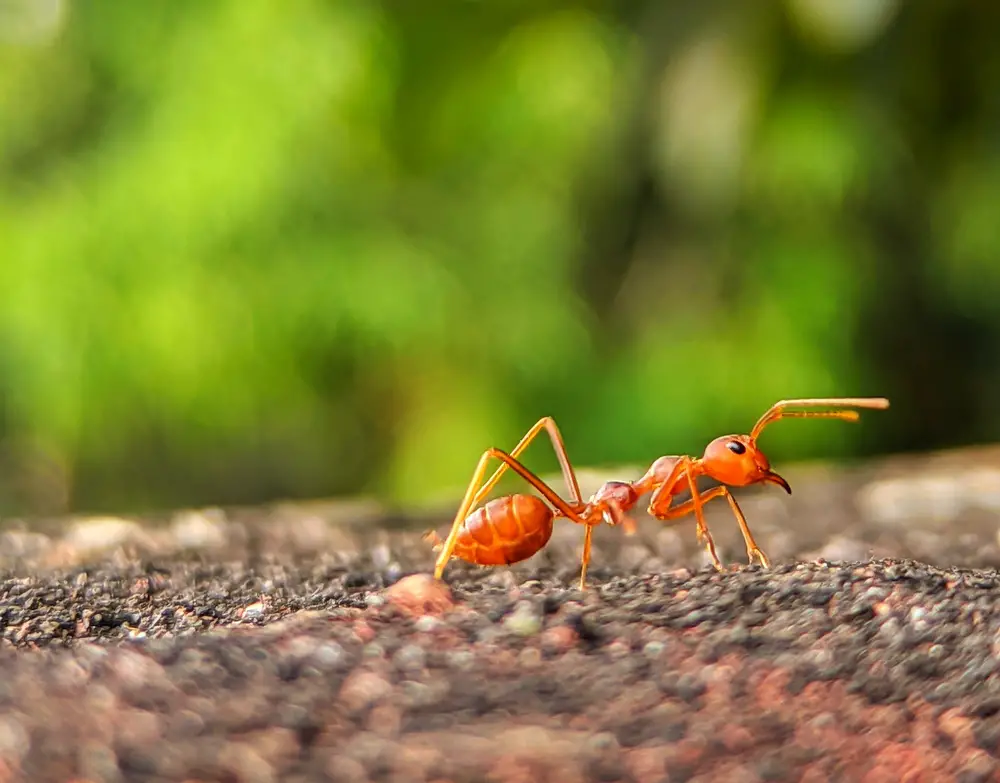
Some species of ants employ suicidal tactics to protect their colony. For example, the Malaysian exploding ant ruptures its body, releasing a toxic glue-like substance that immobilizes attackers. This self-sacrifice saves the colony at the cost of the individual ant’s life. It’s a haunting display of loyalty and survival at the group level.
7. Cuttlefish’s Hypnotic Camouflage
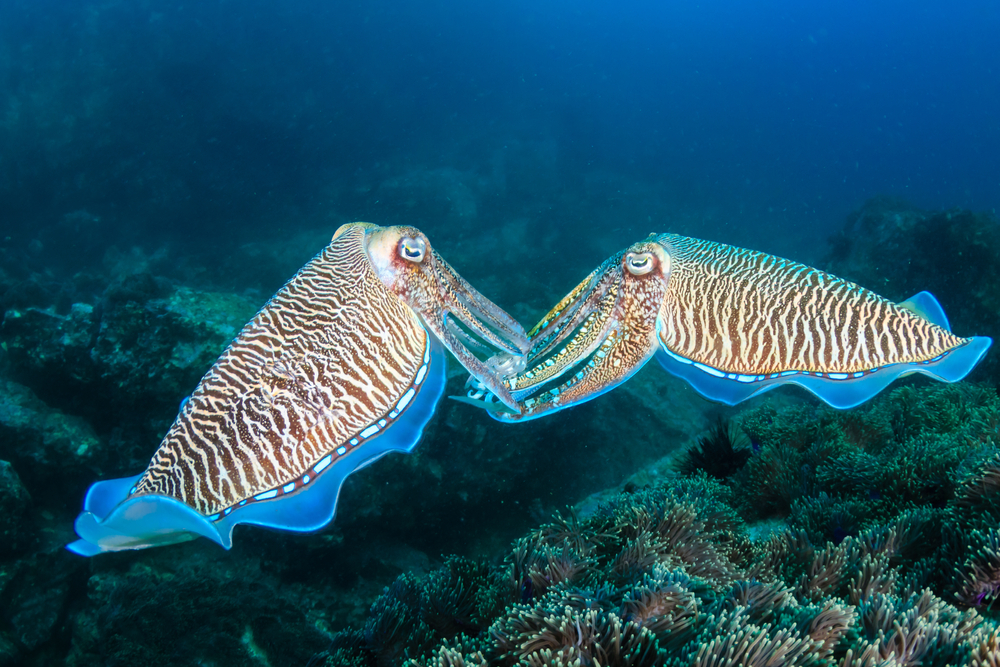
Cuttlefish use dynamic camouflage to hypnotize predators and prey alike. Their skin can change color, texture, and even produce pulsating patterns that confuse and disorient their target. This not only helps them avoid detection but also lures prey into striking range. Watching a cuttlefish in action is both mesmerizing and eerie.
8. Snakes Pretending to Be Dead
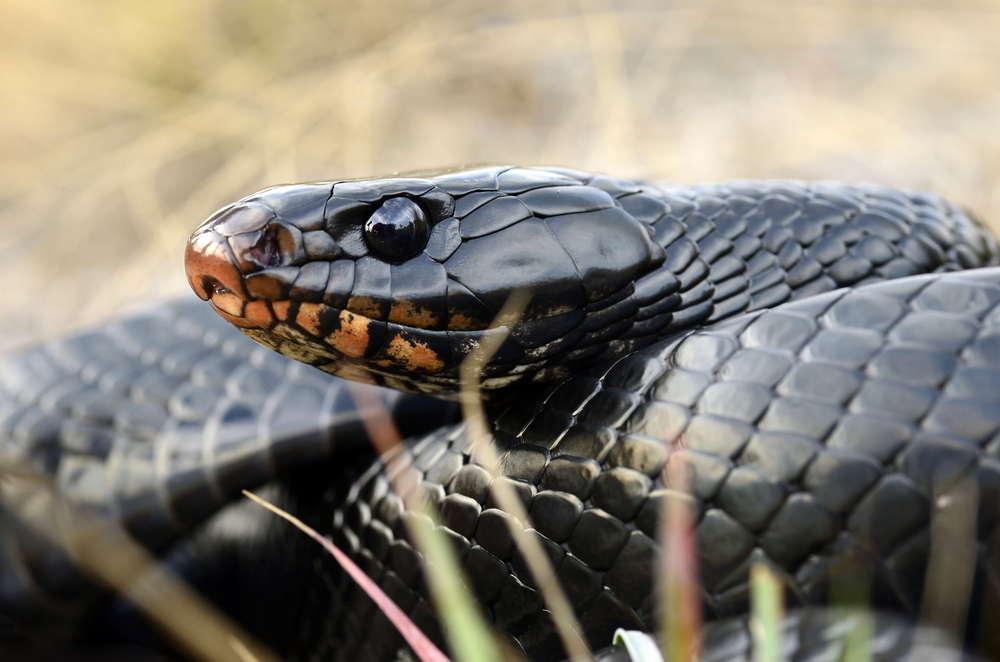
Hognose snakes take playing dead to an extreme level, flipping onto their backs, letting their tongues loll out, and even emitting a rotting smell. If flipped right-side-up, they’ll dramatically roll over again, as if insisting on their “death.” This over-the-top performance often convinces predators to leave them alone. It’s a survival tactic worthy of an Oscar.
9. Octopuses Using Tools
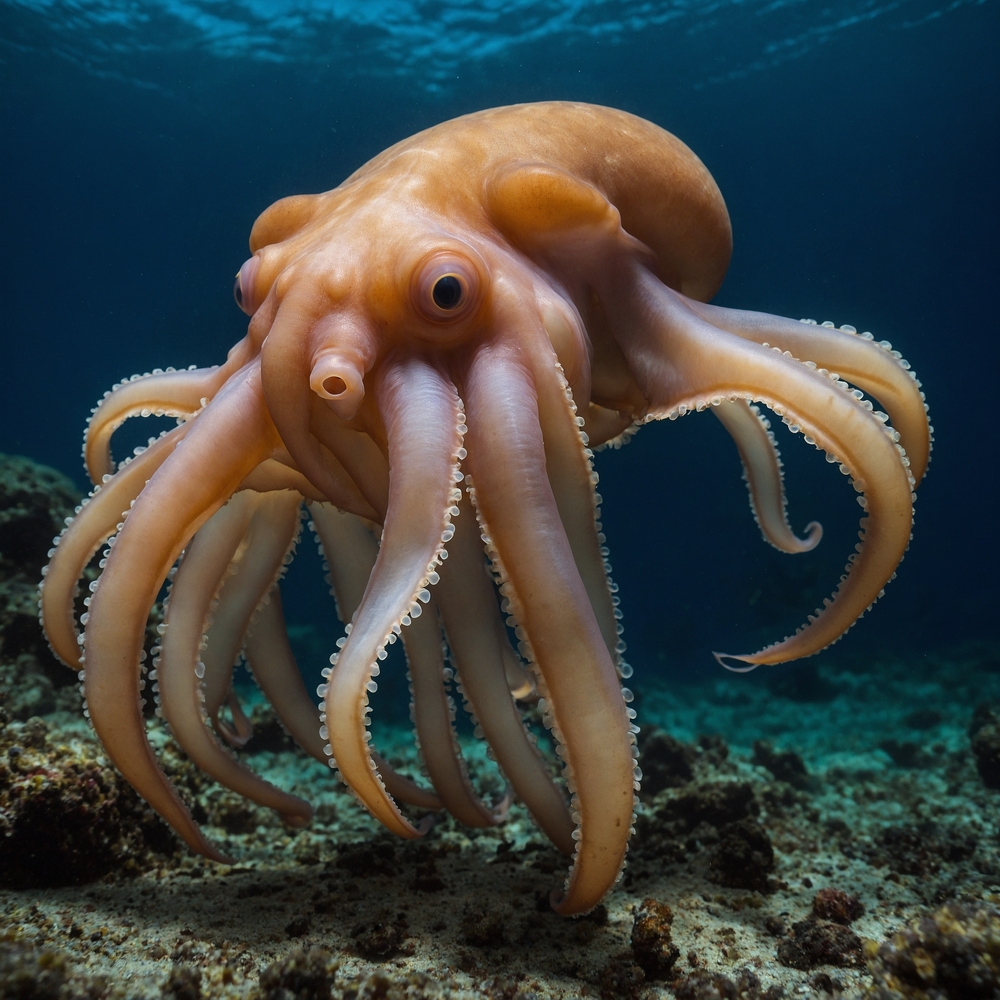
Octopuses are highly intelligent creatures that use tools to survive in their challenging underwater world. They’ve been observed collecting coconut shells and assembling them as makeshift armor or hiding spots. This level of resourcefulness is rare in the animal kingdom and shows just how adaptable they are. It’s like watching a creature from another planet adapt to ours.
10. Caterpillars Mimicking Snake Heads
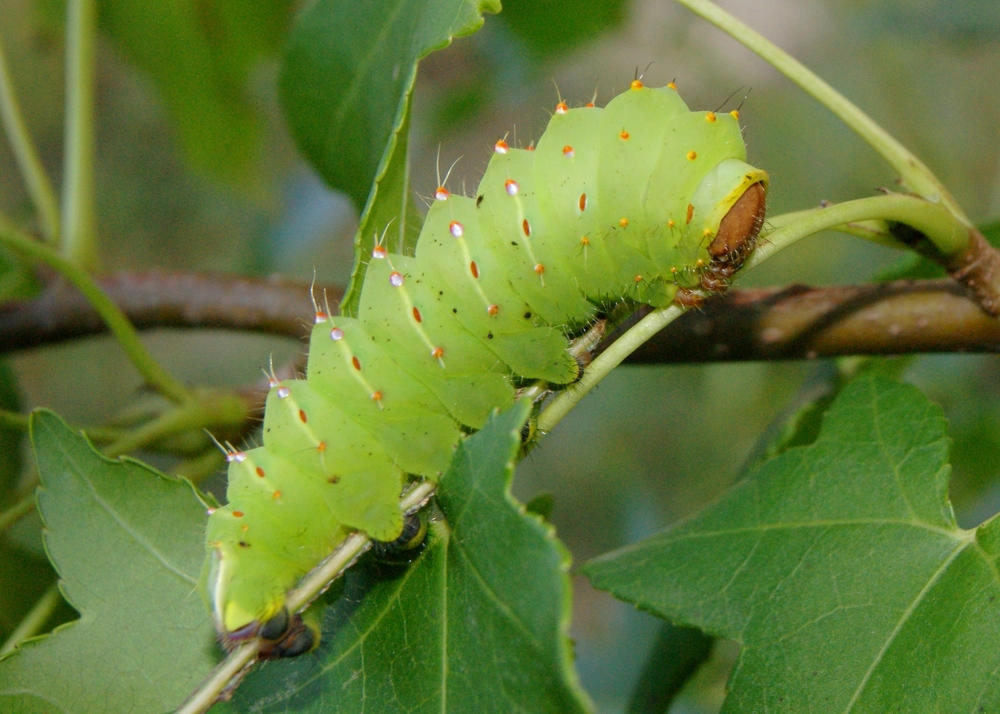
Some caterpillars avoid predation by inflating parts of their bodies to look like a snake’s head. This startling disguise frightens potential predators, giving the caterpillar time to escape. The illusion is so convincing that even seasoned predators hesitate to attack. It’s survival through sheer bluff and creativity.
11. Birds Vomiting on Attackers
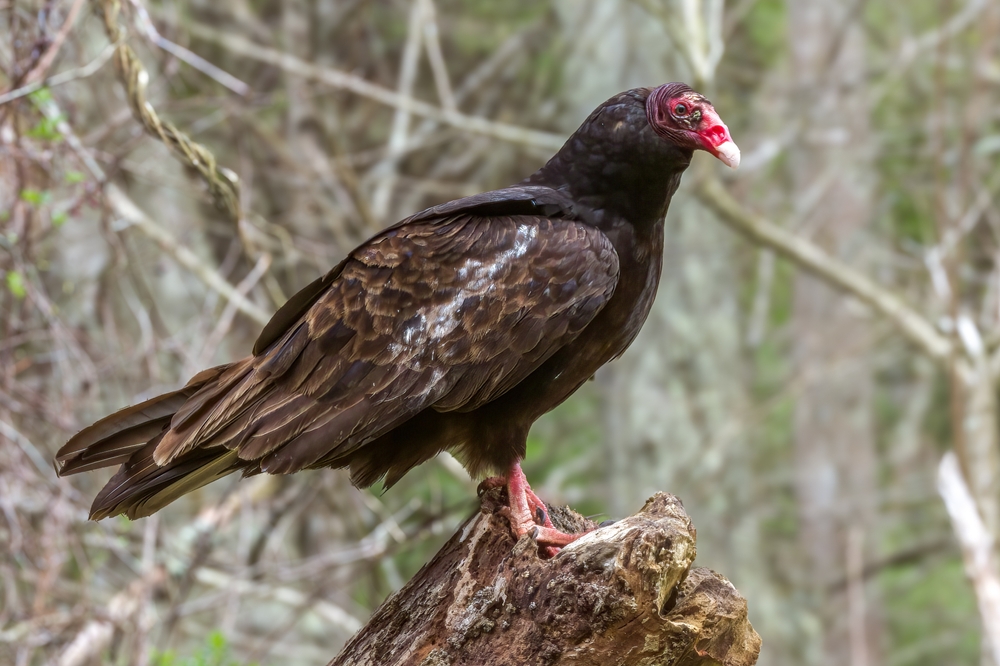
Some birds, like vultures, have a stomach-turning defense mechanism: vomiting on predators. Their acidic, rancid-smelling vomit deters attackers while also lightening their load for a quick getaway. It’s a disgusting but effective strategy that ensures their survival. Predators that experience this tactic once are unlikely to try again.
12. Starfish Regrowing Limbs
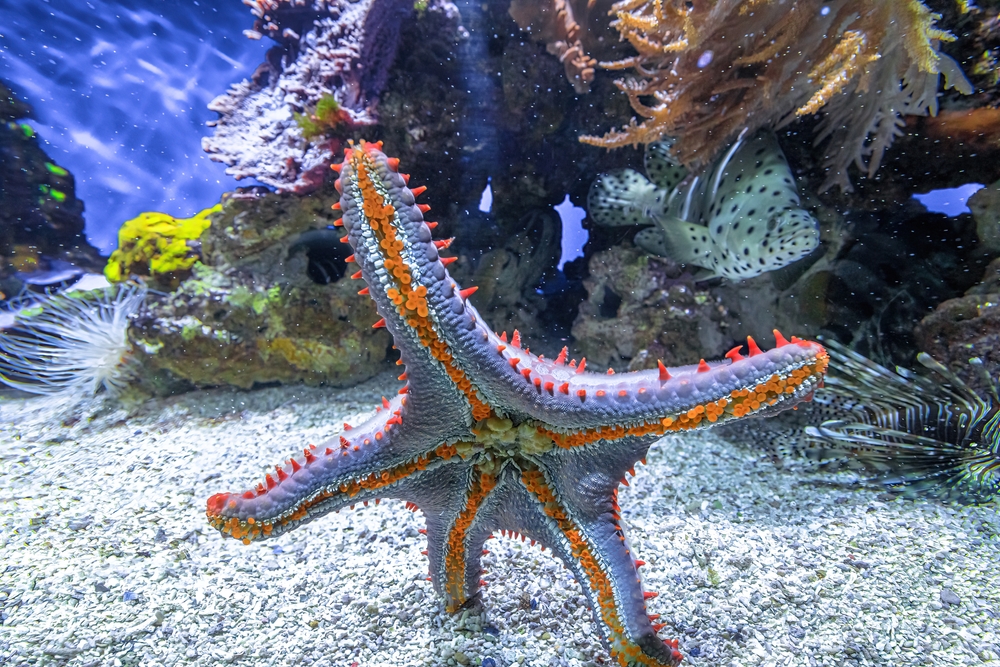
When attacked, starfish can shed an arm to distract predators and escape. Over time, they regenerate the lost limb, often growing it back stronger than before. In some species, the detached limb can even grow into a whole new starfish. This ability to regenerate is as remarkable as it is unsettling.
13. Planarian Worms Splitting Themselves
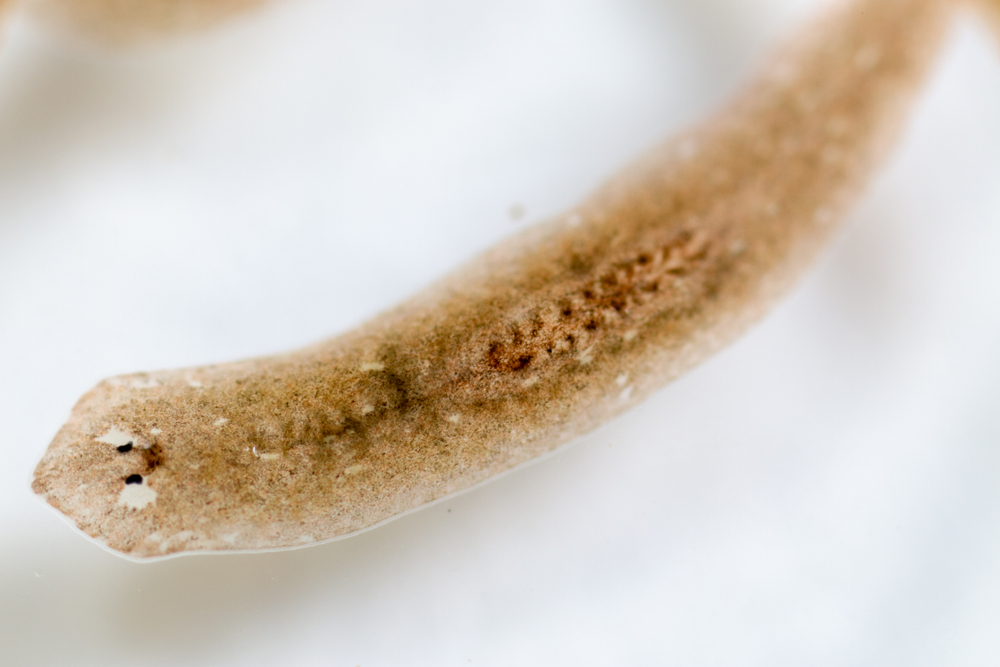
Planarian worms take regeneration to a disturbing extreme: they can split themselves in half, with each half regenerating into a complete worm. This ability not only helps them survive but also allows them to reproduce without a mate. Watching this process unfold feels like something out of a body-horror movie. It’s survival and reproduction rolled into one creepy package.
